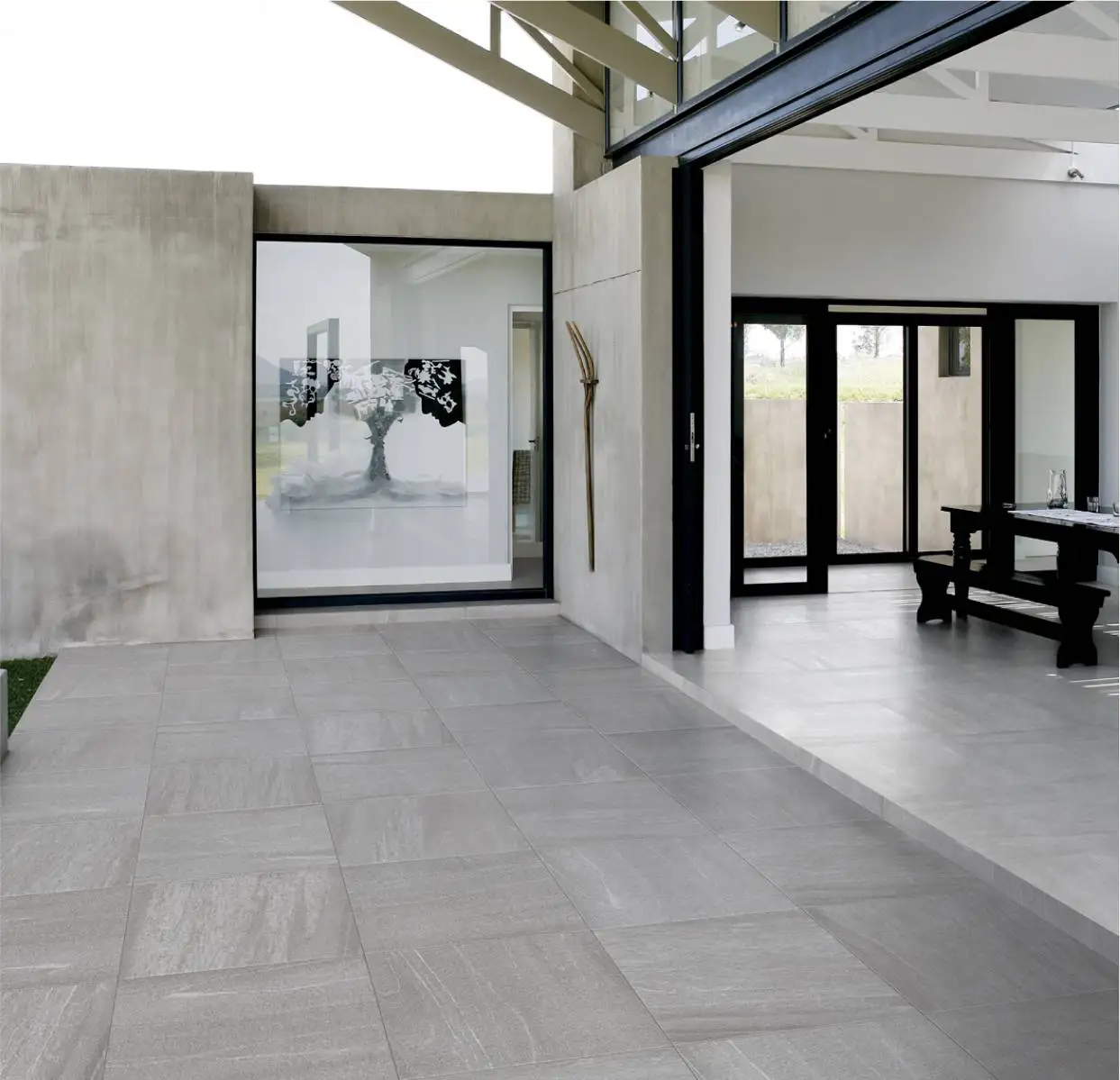Selecting the right floor tiles for your bathroom is essential for creating a functional and aesthetically pleasing space. With a wide range of options available, it’s important to consider several factors to ensure that your chosen tiles meet your needs and preferences. In this guide, we’ll discuss key considerations to keep in mind when choosing bathroom floor tiles.
Water Resistance
Bathrooms are regularly exposed to moisture and humidity, making water resistance a critical factor when selecting floor tiles. As the climate of Melbourne is largely humid, choose bathroom floor tiles in Melbourne that are specifically designed for wet areas with a low water absorption rate. Porcelain, ceramic, and natural stone tiles are popular for bathroom floors because they are durable and water-resistant. Avoid hardwood or laminate, as they are prone to water damage and warping in humid environments.
Durability
Bathroom floors endure heavy foot traffic, spills, and frequent cleaning, so durability is essential. Opt for tiles that are resistant to scratches, stains, and wear to ensure long-lasting performance. Porcelain tiles are known for their durability and resistance to impact, making them an ideal choice for high-traffic areas like bathrooms. Consider the tile’s hardness rating, often measured on the Mohs scale, with higher ratings indicating more outstanding durability.
Slip Resistance
Safety is paramount in bathroom design, especially when it comes to flooring. Cities like Melbourne, with an oceanic climate, have higher risks of getting slippery. If you are based out of the same city, you must select floor tiles in Melbourne with a textured surface or slip-resistant finish to minimise the risk of slips and falls, particularly in wet conditions.
Style and Aesthetics
Bathroom floor tiles play a significant role in defining the overall look and feel of the space. Consider the style, colour, pattern, and size of tiles that complement your bathroom design theme and personal preferences. Neutral colours like white, beige, and grey create a timeless and versatile backdrop for any decor scheme, while bold colours and intricate patterns can add personality and visual interest to the space. Experiment with different tile layouts, such as herringbone or basketweave patterns, to create unique, eye-catching designs.
Maintenance and Cleaning
Choose bathroom floor tiles that are easy to clean and maintain to ensure a hygienic and sanitary environment. Smooth, non-porous tiles are less prone to staining and are effortless to wipe clean with water and mild detergent. Consider grout colour and type, as darker grout can conceal dirt and stains better than lighter grout but may require more frequent cleaning. Seal natural stone tiles periodically to protect them from moisture and stains and preserve their appearance.
Budget and Cost
Set a budget for your bathroom renovation project and choose floor tiles that align with your financial constraints. While natural stone tiles like marble or travertine may offer luxurious appeal, they often come with a higher price tag than porcelain or ceramic tiles. Consider the cost of materials, installation, and additional supplies or labour required for tile installation. Look for affordable options that balance quality, durability, and aesthetics within your budget.
Conclusion
Choosing the proper bathroom floor tiles involves considering water resistance, durability, slip resistance, style, maintenance, and budget. By prioritising these key considerations and selecting tiles that meet your functional and aesthetic requirements, you can create a beautiful and practical bathroom space that enhances your home’s overall value and enjoyment.



